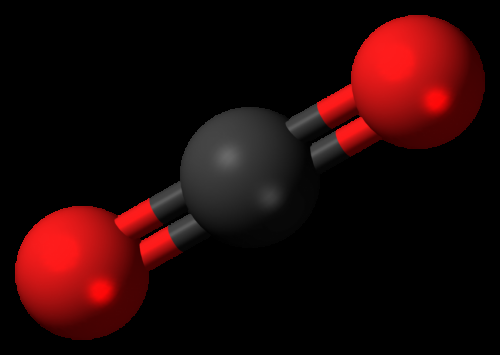Carbon hidden in soil: Could Chesapeake Bay restoration methods be a model for blunting climate change?

For decades, farmers around the Chesapeake Bay have worked to limit the pollution going from their land into the water, as part of a program to restore the watershed.
But the measures taken to improve water quality have also had unforeseen side benefits for the climate, according to a new analysis from the Chesapeake Conservancy.
Nearly half a million tons of carbon dioxide were removed from Virginia's atmosphere in 2019 through agricultural conservation practices that weren't even intended for that purpose, the nonprofit found.
The findings could have implications for the battle against climate change, the study's authors say. They hope the Chesapeake Bay restoration efforts could serve as a model for another way to target greenhouse gasses.
The bay has long been a target for restoration. In the 1980s, nitrogen and phosphorus pollution was identified as the watershed's main threat.
Officials then formed the Chesapeake Bay Program, a large partnership between federal and state agencies, nonprofits, local governments and academic institutions focused on restoring the bay's health. It has since gone through many iterations.
In 2010, federal officials enacted a "pollution diet" for the bay that limits the nutrients and sediments that can enter the bay. When too much nitrogen and phosphorus—which are found in fertilizers—get in the bay, they can lead to excessive algae that suck up oxygen and block sunlight for underwater plants.
The main way that conservation practices are enacted on farms is through a federal program that gives out money for doing so, said Susan Minnemeyer, vice president of conservation technology at the Chesapeake Conservancy and an author of the recent report.
A farmer can receive money per acre of land on which they implement the practices. It's a way to generate additional income from their fields and some of the practices also increase a farm's productivity, she said.
The practices include silvopasture—adding more trees to land where livestock grazes—better managing the nutrients in fertilizer and setting up cover crops including wheat and rye that improve the soil.
The conservancy, a partner in the Chesapeake Bay Program, got interested in looking at the fringe carbon benefits of the agricultural tactics because local scientists had discussed but never explicitly analyzed them, said Joel Dunn, the nonprofit's president and CEO.
"Our gut told us all these water quality land management practices were actually having a very positive carbon sequestration impact," Dunn said.
Carbon sequestration is the term for when carbon dioxide is captured from the atmosphere and stored elsewhere. When it comes to agriculture, that means in the soil.
It's become an increasingly prominent topic of conversation among political and environmental leaders who argue removing existing carbon will be an important tool in the arsenal against climate change.
In 2019, the group found, about 459,639 tons of carbon dioxide were removed from the atmosphere through agricultural conservation practices.
That's roughly equivalent to about 0.4% of Virginia's energy emissions from the year before, or about the electricity needed to power more than 50,000 homes for a year.
Most effective for removing carbon? Putting up trees and other vegetation, which pull carbon dioxide out of the air.
The way farmers do that can mean adding trees to areas where livestock graze—which also reduces erosion and provides shade for animals—or planting trees and vegetation lined up along a waterway. The shrubbery also captures fertilizer runoff that could otherwise cause algal blooms in the bay, Minnemeyer said.
Though trees grabbed the most carbon per acre, the study found that soil-focused methods stored the most total, because of the sheer amount of agricultural land across the commonwealth.
That includes planting cover crops and reducing how much a farm's soil is churned up through mechanical digging and overturning. The less the soil is disturbed, the more carbon-rich organic matter it holds, Minnemeyer said.
"You're keeping carbon out of the atmosphere by holding it in the soil," she said.
The organization's leaders hope the report can jumpstart more investment in these methods—not just from the government but from private capital firms interested in promoting sustainability. They'd also like to see increased payments to farmers for implementing the practices, and for more private landowners to get involved on their own properties.
Meanwhile, Virginia's government recently conducted its own analysis and found that the bay restoration efforts since 2009 have resulted in the storing of about 460,000 tons of carbon dioxide per year, almost exactly what the conservancy estimated.
State officials expect that figure to grow to more than 2 million per year by 2025.
Dunn, the conservancy's president, said the analysis takes on added importance in light of a jarring international report this week stating that climate change is a "code red for humanity" and that the world only has a few decades left to stop the worst effects of warming.
The millions of tons of carbon removed so far in Virginia happened purely as a side benefit, Minnemeyer noted. Imagine the potential impact, she said, if we actually went all in on the strategy.
©2021 The Virginian-Pilot.
Distributed by Tribune Content Agency, LLC.
No comments:
Post a Comment